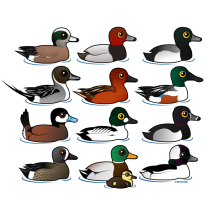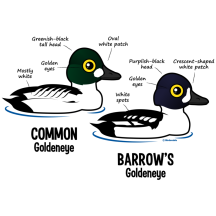Meet the Common Goldeneye: A Global Traveler of Sea and Sky

Our Bonanza hits the water today with our 477th species, the Common Goldeneye. Common Goldeneyes are sea ducks with a broad global range. They breed across northern forests in Canada, Scandinavia, Russia, and China. They winter across much of North America and... Read more »





































